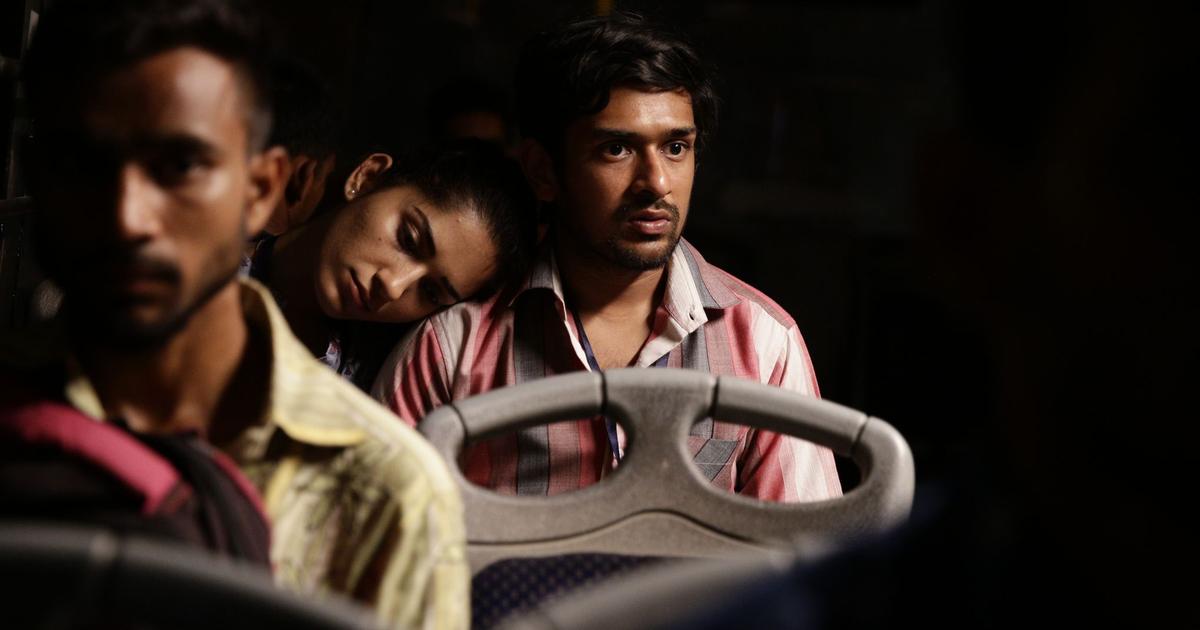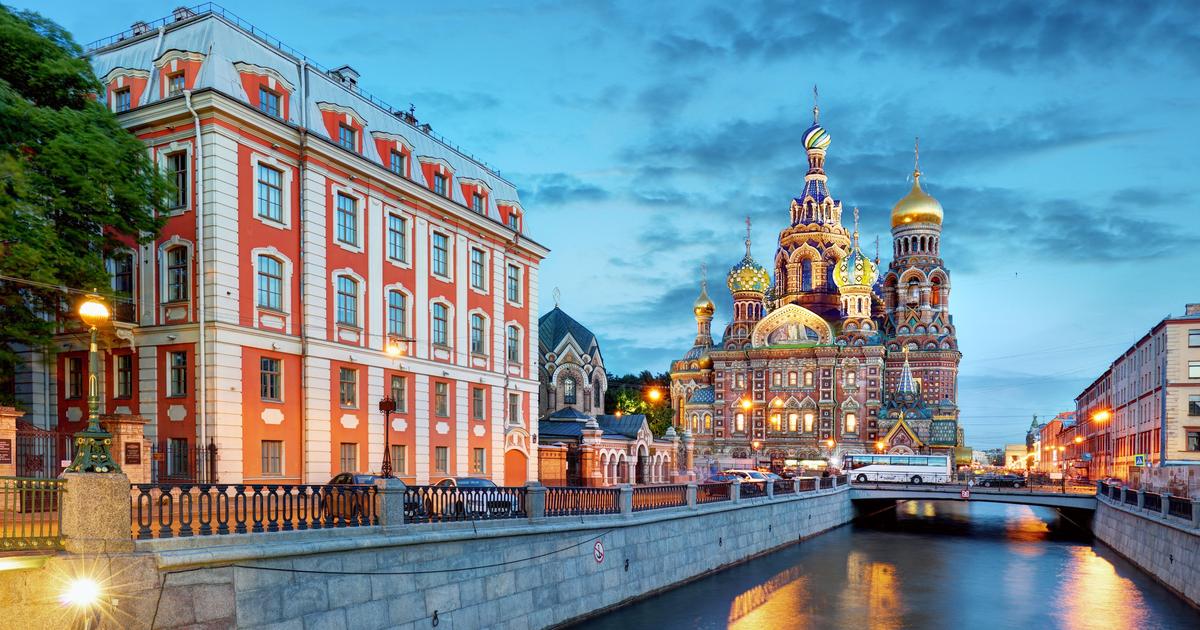"At midnight, while the world sleeps, India will wake up to life and freedom."
Hours before a day like today, August 15, 75 years ago, Indian Prime Minister Jawaharlal Nehru spoke these words.
A phrase that announced the proclamation of the country as an independent republic, after more than two centuries of British colonial rule.
The subcontinent situated between the Himalayan mountains and the Indian Ocean has been a coveted destination for travelers since time immemorial.
Marvelous India, where until the middle of the 19th century the only diamonds in the world were mined;
that of the richest cities and the most exuberant jungles;
that of the palaces of the maharajas and their elephants harnessed in gold and silver, that of the sacred cobras and the Bengal tigers and where the most appreciated cotton grows and silk is extracted, was visited by merchant mariners almost before it began the history.
Along with the seekers of riches also came the Arab, Persian and Chinese geographers;
Marco Polo and Ibn Battuta, the British India Company and the
hippies
of the sixties of the last century.
More information
Calcutta and New Delhi, by metro
And the tourists, who have never been lacking, are attracted, above all, by its legendary monuments such as the Taj Mahal, by dream beaches, to live in a palace in the city of Jaipur or to contemplate how the Indians face death in Varanasi.
But beyond these well-known destinations, India offers many other less visited wonders.
These are some of them.
The Konkan Coast
One of the beaches that you can enjoy in Goa.
John Harper (Getty Images)
The coastline that slopes gently south from Bombay to the edge of the State of Goa is a tourist wonder among Indians, but little visited by foreigners.
The Konkan includes small coastal towns such as Alibag, which preserves the remains of a fort with a long history and is surrounded by good beaches;
Murud Janjira, with its spectacular medieval fortress, whose walls occupy the entire perimeter of an outlying island, or Ganpatipule
Y
Malvan,
both villages that have extensive sandbanks that reach
up to the same border line with Goa;
in fact, they join that infinite beach that is the Goanese Konkani coast.
You can start your journey by setting sail on a comfortable ferry from Mumbai's Gateway of India to the port of Mandwa.
Lucknow, rich cultural heritage
Rumi Darwaza, an imposing ceremonial arch that mimics the Istanbul Sublime Gate in Lucknow.
Jane Sweeney (Getty Images)
Overshadowed by the fame of Agra and the Taj Mahal, few travelers make it to the state capital of Uttar Pradesh, a city with so much to offer thanks to its rich cultural heritage.
It was a vital center of poetry, music and dance, resulting from the fusion of indigenous elements with Persian and Arabic influences, until the crushing of the revolt against the British in 1858 sent all intellectuals and artists into exile.
But beautiful monuments have remained from that prosperous past, including the
imambaras
(Shiite prayer halls);
palaces;
the Rumi Darwaza, an imposing ceremonial arch that imitated the Sublime Gate of Istanbul;
nabob
mausoleums
(Muslim governors), or the old Residence where the British resisted the siege during the Sepoy Revolt (or War of Independence, for the Indians).
Orchha, a place without traffic
One of Orchha's palaces - Jahangir Mahal, built in 1605 to please the Mughal Emperor Jahangir, who was a guest of the Maharaja for one night only.
It provides perfect views of the temples and the Betwa River outside the fort complex. Mukul Banerjee (Getty Images)
In the middle of the Indo-Gangetic plain, in the north-central part of the country, Orchha is one of those few delightful villages left in India where traffic is prohibited, the great nuisance for travelers in the cities of the subcontinent.
With a size perfectly manageable on foot, it is tiny but it brings together an incredible concentration of palaces, temples and cenotaphs from the 16th century of the Bundela dynasty (the mausoleums of the cremated Hindu rajas, tombs without corpses) and the wonderful Betwa river to bathe when it gets hot the heat and observe the transit of women in their multicolored saris on the bridge.
The interior of Tamil Nadu
Interior of the Airavatesvara Hindu temple located in the city of Darasuram, near Kumbakonam, in the southern Indian state of Tamil Nadu.
Praveenkumar Palanichamy (Getty Images)
The purest Hinduism, the most ancient temples and vegetarian cuisine in almost one hundred percent of its restaurants are found in the most remote enclaves for the traveler in this southern state.
One can spend weeks wandering around places like Kanchipuram, Vellore, Tiruvannamalai, Chidambaram, Kumbakonam or Gangaikondacholapuram without meeting hardly any other foreigners.
All these cities are centers of pilgrimage to their sublime Dravidian-style medieval temples;
that of Chidambaram or the two twin temples of Darasuram, on the outskirts of Kumbakonam, take your breath away.
The interior of Tamil Nadu is the land of friendly, relaxed people, of vegetarian
samosas
,
thalis
and
masala dosas
accompanied by delicious sweet lime juices.
the new Calcutta
Generally preceded by a bad reputation as a place that concentrated the worst scourges of India decades ago (overpopulation, disease, famine, misery...), all this has alienated tourists from what is now one of the most thriving cities in the country. .
Capital of West Bengal, Kolkata has largely overcome past hardships and is now a pleasant visit.
It is essential to visit its fantastic Indian Museum;
the Temple of Kali, where the most ancient Sivaite cult resides;
the traditional restaurants where you can taste the Bengali curries or glimpse the colonial elegance of the old clubs of the British Raj.
Bidar Fortress
General view of the Madrasa (Koranic school) of Khwaja Mahmud Gawan, in Bidar.
Saurabh (Getty Images)
The former capital of the mighty Bahmani sultanate on the Deccan Plateau in the 15th century, it is now a pleasant little town with the most imposing fort in South India.
Majestic and towering between the fort and the center of Bidar, the most beautiful
Madrasa
(Koranic school) of Khwaja Mahmud Gawan, built in 1472 by a Persian vizier in the service of the sultan, is one of the two monuments in the country that does not contain any indigenous architectural elements, its workmanship is identical to those of the monuments of Samarkand (Uzbekistan ) or the Iranian Isfahan.
And just outside, the sublime mausoleums of the sultans of the Bahmani and Barid dynasties await.
The people of Bidar, who are generally pleased to meet the few foreign tourists who come here, make for an even more enriching stay.
Sikkim, a Buddhist atmosphere
This small state located in the extreme northeast, sandwiched between Nepal and Bhutan, was an independent kingdom until very recently: 1975. Although only a quarter of its inhabitants are Buddhist, Sikkim is impregnated with that intense atmosphere typical of the lamaist belt that runs through the Himalayas.
Its landscape - rice fields cultivated in valleys between high mountains - is a painting in green tones with Tibetan monasteries on the heights, peaceful people who graze their herds of yaks, stupas that bless the roads, perpetual snow, multicolored flowers, waterfalls and mighty rivers.
Gujarat, the most authentic India
The interior of the so-called Adalaj Stepwell, a stepped well in the Indian state of Gujarat.
Tuul & Bruno Morandi (Getty Images)
Through the Gujarat region, the westernmost state of the country, most travelers pass without stopping from Mumbai on their way to the highly touristic Rajasthan.
And, therefore, some of the places where you can savor the most authentic India are lost.
Much of Gujarat is a desert environment where there are such interesting enclaves as the Kutch district, which borders Pakistan and whose capital, Bhuj, is the ideal base to visit a series of villages with a reputation for making the best Indian handicrafts. .
In addition, this city of about 150,000 inhabitants, with a mysterious and remote atmosphere, has several remains of palaces and walls, testimony to a rich past thanks to the caravan trade.
In Ahmedabad, the most important city in the State, its impressive monuments (mosques, tombs of sultans,
citadels and temples) resisted the onslaught of the terrible earthquake of 2001, when only eight of the 53 buildings declared of cultural interest were affected.
And don't miss the wonderful 11th-century Temple of Surya (the Sun God) at Modhera, about a hundred kilometers north of Ahmedabad, and the spectacular
baoli
, those wonderfully carved, photogenic stepped wells with Hindu deities from Patan, just north of Modhera.
Luis Mazarrasa is the author of 'The Mughal Route' (Almuzara publishing house) and the 'India Blue Guide'.
Subscribe here to the
El Viajero newsletter
and find inspiration for your next trips on our
,
and
Instagram accounts
.







